Are you wondering, “When should I see an orthopedic doctor?” Whether it’s nagging knee pain, a stiff shoulder, or a recent injury that won’t heal, your body might be sending signals that need expert attention. Orthopedic doctors specialize in the musculoskeletal system—bones, joints, muscles, ligaments, and tendons—helping you recover from injuries, manage chronic conditions, and regain mobility. Ignoring these signs can lead to worsening pain, limited function, or even permanent damage.
In this in-depth guide, we’ll cover 10 undeniable signs it’s time to see an orthopedic doctor, backed by detailed explanations, common search queries, and practical advice. Let’s dive in and help you decide when to take action for your health.
Click Here if Want To See : Best Private Hospitals for Orthopedic Treatments in Rajasthan
What Is an Orthopedic Doctor and When Do You Need One?
An orthopedic doctor diagnoses and treats conditions affecting your musculoskeletal system. From sports injuries to arthritis, they use tools like X-rays, MRIs, and physical exams to pinpoint issues. Treatments range from conservative options (physical therapy, injections) to surgical solutions (joint replacement, fracture repair).
Common Search Query: “What does an orthopedic doctor treat?”
They handle fractures, dislocations, tendon injuries, arthritis, osteoporosis, and more. If your symptoms align with these, it’s time to skip the guesswork and see a specialist.
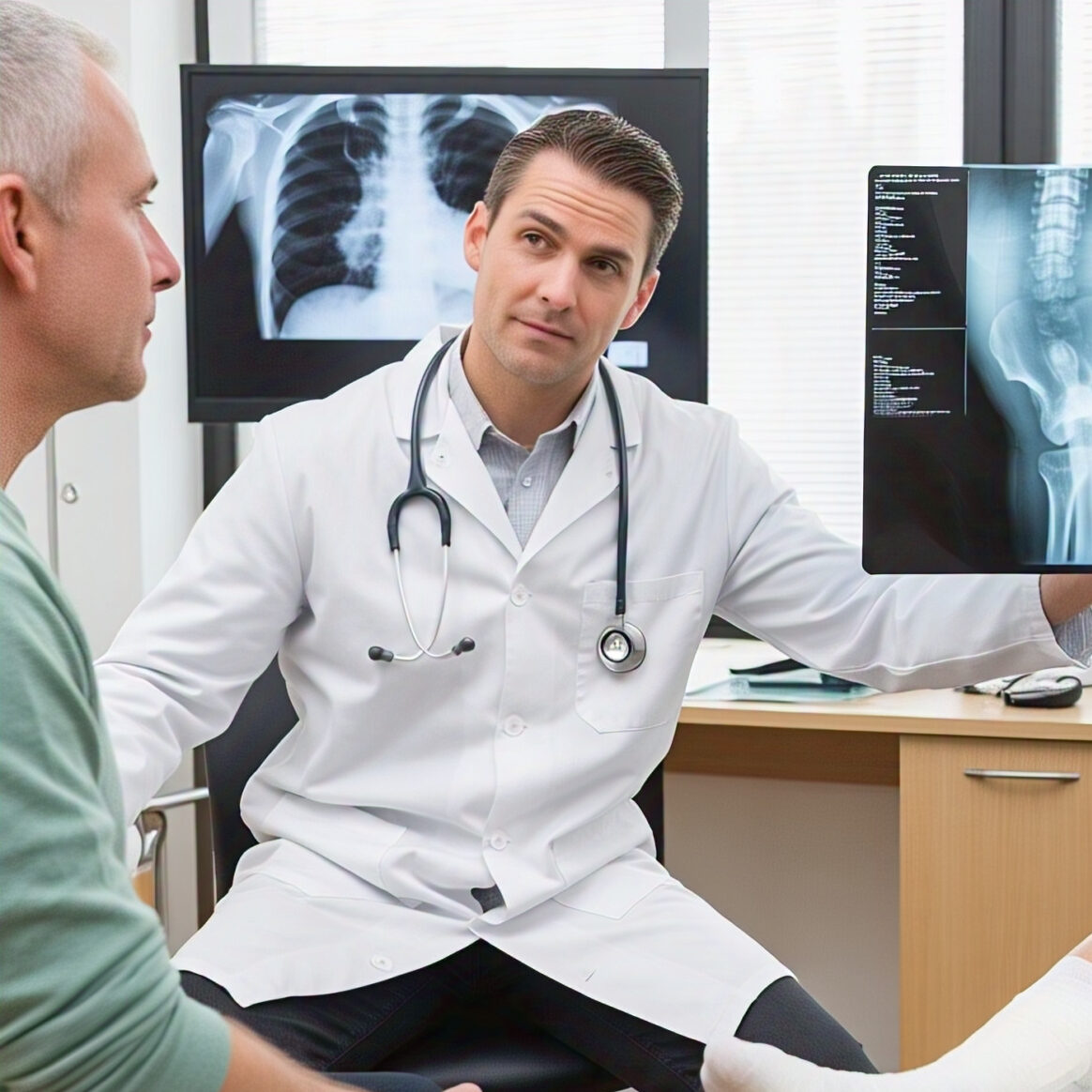
Description: “Orthopedic specialists use advanced diagnostics to treat musculoskeletal issues.”
10 Signs You Should See an Orthopedic Doctor
1. Persistent Joint or Muscle Pain
Search Query: “Why does my joint pain last so long?”
Mild soreness after a workout is normal, but pain lasting over 48-72 hours—especially in your knees, hips, shoulders, or elbows—could signal trouble. Conditions like tendonitis (inflamed tendons), bursitis (inflamed bursae), or early osteoarthritis often start this way. For example, if your knee aches every morning or your shoulder throbs after lifting, it’s not just “overuse”—it’s a call for help.
What to Expect: An orthopedic doctor might order an MRI to check for soft tissue damage or prescribe anti-inflammatory medication.
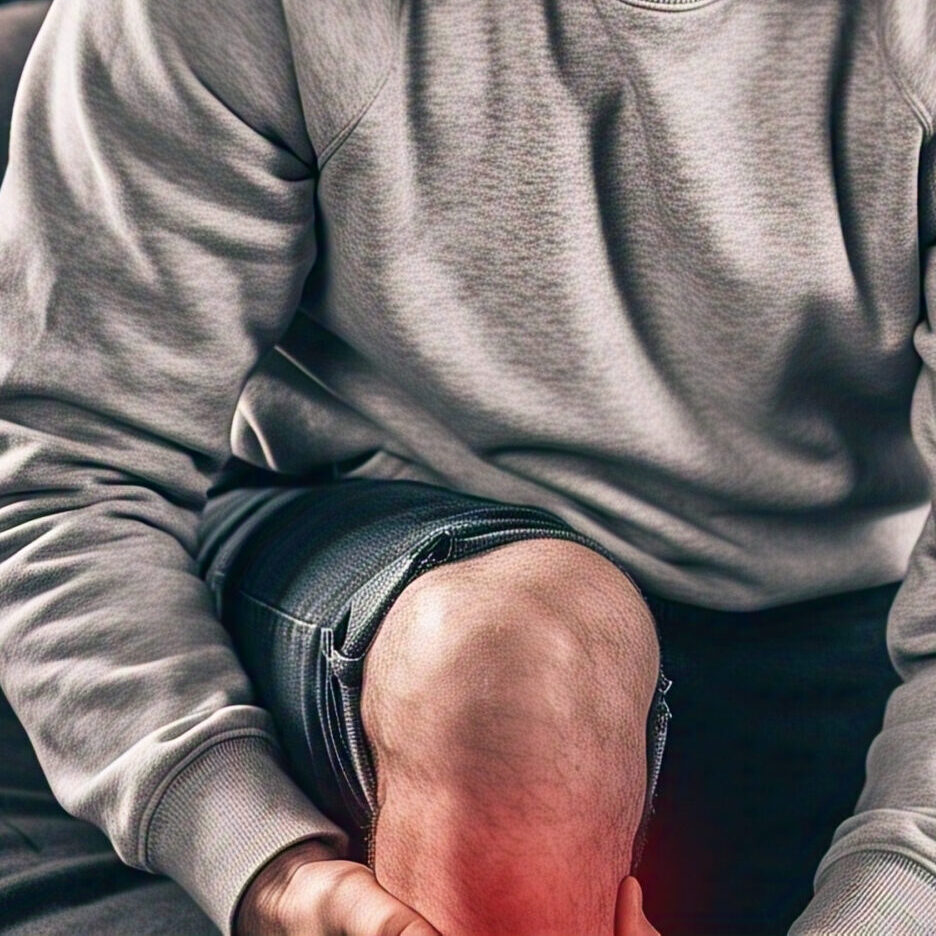
“Persistent joint pain could mean more than just soreness.”
2. Limited Range of Motion
Search Query: “Why can’t I move my arm fully?”
If you can’t lift your arm overhead, bend your knee completely, or turn your head without stiffness, you’re experiencing a restricted range of motion. This might stem from frozen shoulder (adhesive capsulitis), a torn rotator cuff, or cartilage wear. For instance, reaching for a high shelf becomes a struggle, or tying your shoes feels impossible.
Next Steps: Expect a physical exam and possibly an ultrasound to assess joint health. Physical therapy or corticosteroid injections are common fixes.

“Limited motion isn’t normal—get it checked.”
3. Swelling or Inflammation That Lingers
Search Query: “Why is my knee still swollen after a week?”
Swelling after a twist or bump should subside within 48 hours with rest and ice. If it lasts longer, worsens, or feels warm, it could indicate ligament tears (e.g., ACL), gout (uric acid buildup), or even an infection. A swollen ankle that doesn’t improve after a sprain, for example, might hide a deeper issue.
Why It’s Urgent: Untreated inflammation can damage cartilage or bone. An orthopedic doctor may use fluid aspiration or imaging to diagnose.
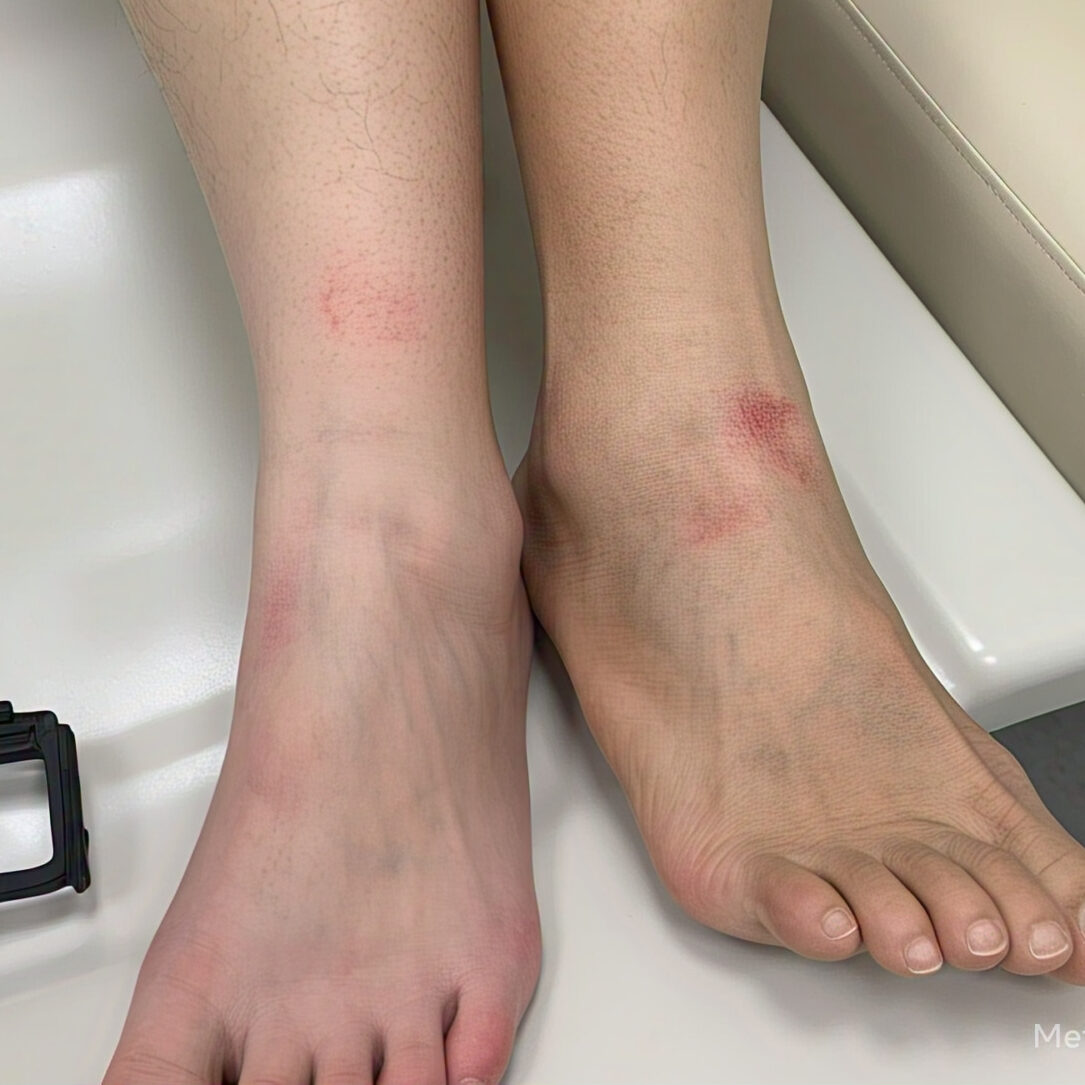
“Prolonged swelling needs professional attention.”
4. Difficulty Performing Daily Activities
Search Query: “Why does walking hurt my hips?”
When everyday tasks—climbing stairs, sitting down, or lifting a bag—become painful or slow, your musculoskeletal system might be faltering. This could point to hip osteoarthritis, a meniscus tear in the knee, or muscle atrophy. Imagine wincing every time you step out of your car—that’s not just aging; it’s a sign.
Treatment Options: Bracing, physical therapy, or joint injections can often help. Severe cases might need surgery like arthroscopy.

“Pain during daily tasks isn’t something to ignore.”
5. Visible Deformity or Misalignment
Search Query: “What does a broken bone look like?”
A visible change in shape—like a bent wrist, uneven shoulder, or bulging joint—screams for attention. Post-injury deformities might mean a fracture, dislocation, or torn ligament. Even subtle signs, like a finger that won’t straighten, could indicate a mallet finger or tendon rupture.
Act Fast: Delaying can lead to improper healing. X-rays and immobilization (casts or splints) are typical first steps.
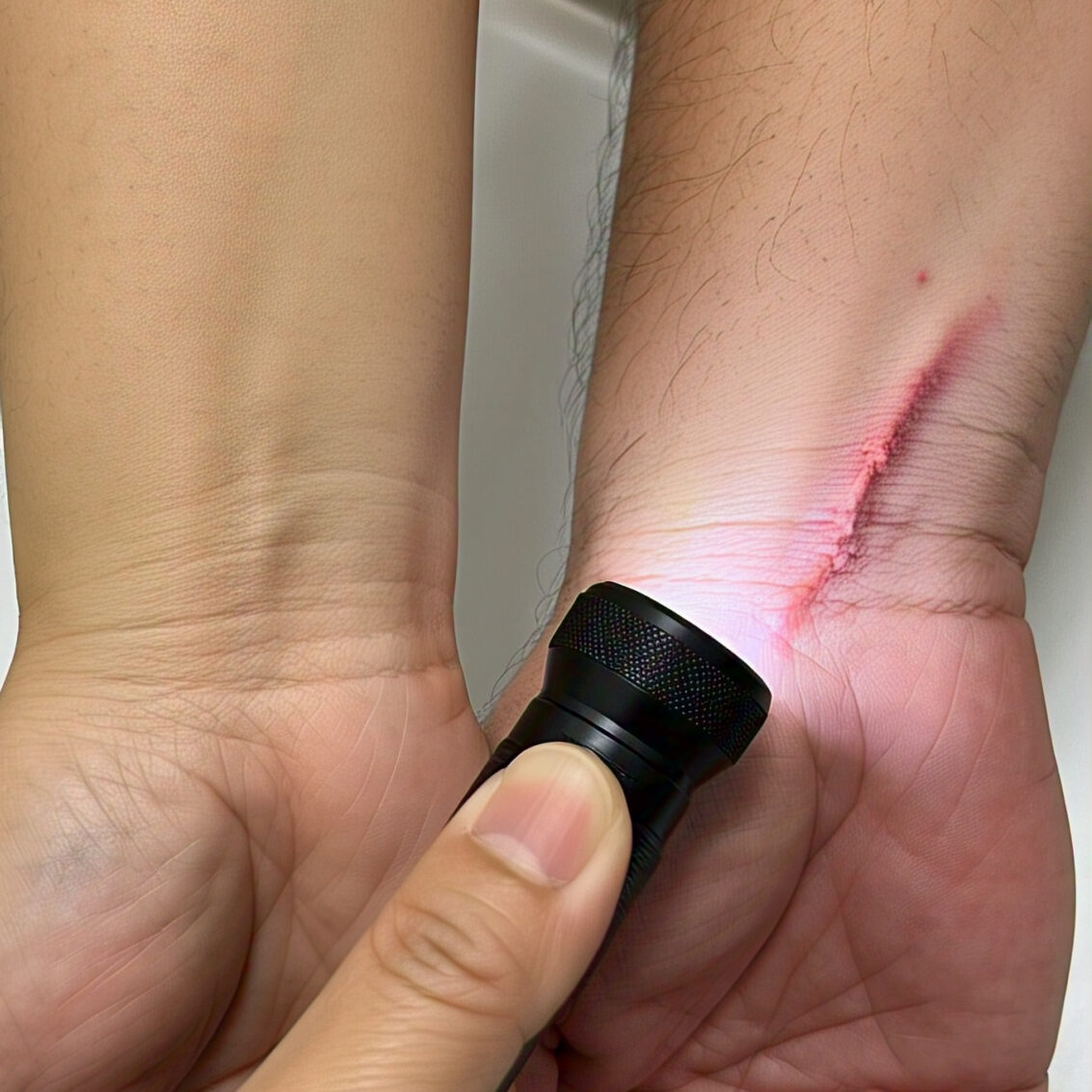
“Deformities demand immediate care.”
6. Chronic Back or Neck Pain
Search Query: “When should I see a doctor for back pain?”
Back or neck pain lasting over 12 weeks—or radiating to your arms, legs, or buttocks—could stem from herniated discs, spinal stenosis, or sciatica. For example, a dull ache in your lower back that shoots down your leg isn’t just a strain—it’s nerve-related.
Specialist Insight: Orthopedic doctors may suggest epidural injections or surgery if PT fails.

“Chronic back pain might need an orthopedic fix.”
7. Instability or Joints “Giving Way”
Search Query: “Why does my knee keep buckling?”
If your knee, ankle, or hip feels unstable or collapses under weight, you might have a ligament injury (e.g., ACL tear) or weak supporting muscles. Runners often notice this after a twist, feeling their knee “give out” mid-stride.
Fixing It: Braces, strengthening exercises, or reconstructive surgery could be recommended.

“Instability can lead to bigger injuries.”
8. Numbness, Tingling, or Weakness
Search Query: “Why are my hands numb all the time?”
Numbness or tingling in your hands, arms, or legs might signal nerve compression from conditions like carpal tunnel syndrome, a pinched nerve in the neck, or a slipped disc. Weakness—like dropping objects frequently—adds urgency.
Diagnosis: Electromyography (EMG) or nerve conduction studies might be used.

“Numbness could mean nerve trouble.”
9. Recent Injury That Isn’t Healing
Search Query: “How long should a sprain take to heal?”
A sprained ankle or bruised shin should improve within 1-2 weeks with RICE (rest, ice, compression, elevation). If pain or swelling persists—like a wrist still tender after a month—it could be a hairline fracture or soft tissue damage.
What Happens Next: Imaging and possibly a cast or surgical pin could ensure proper healing.
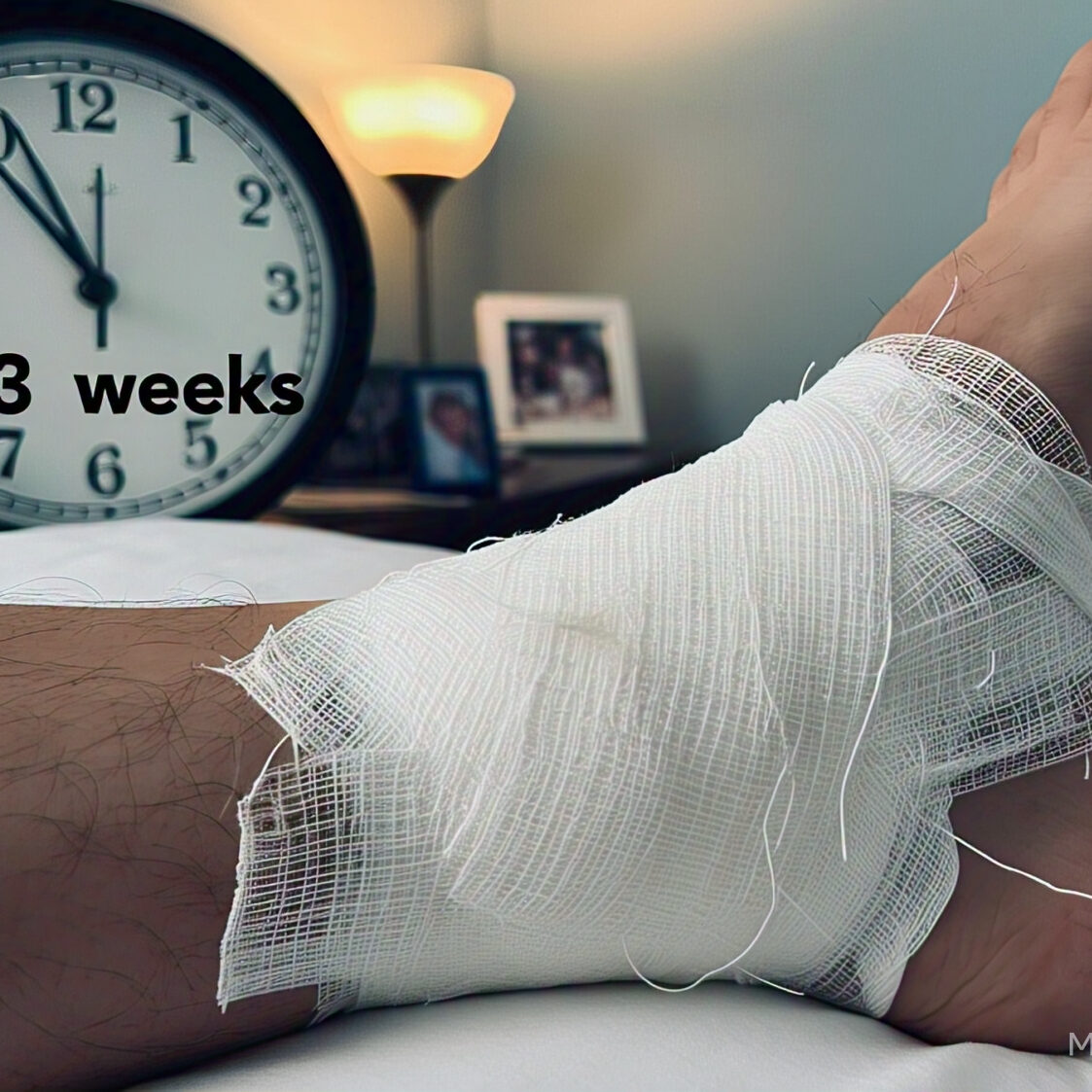
“Slow healing needs an expert’s eye.”
10. Signs of Infection After Injury or Surgery
Search Query: “What are signs of infection in a bone?”
Redness, warmth, fever, or pus around a cut, fracture, or surgical site could mean osteomyelitis (bone infection) or septic arthritis. Post-surgery patients noticing these after a knee replacement, for instance, should act fast.
Urgency: Antibiotics or surgical drainage might be needed to prevent systemic spread.
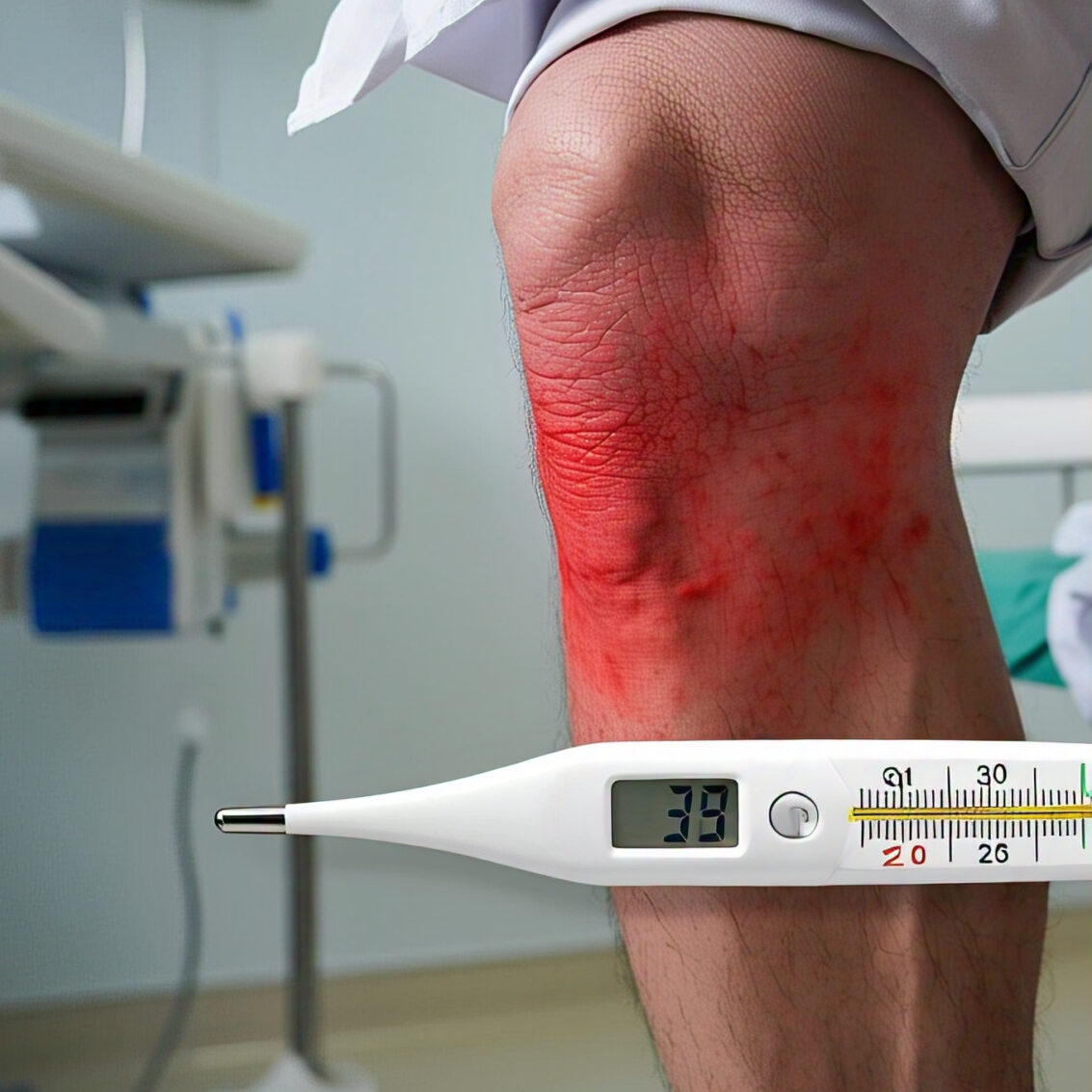
Image Suggestion: A red, inflamed knee joint with a thermometer. Caption: “Infection signs are a medical emergency.”
Orthopedic Doctor vs. General Practitioner: Who Should You See?
Search Query: “Do I need a specialist for joint pain?”
A GP can handle mild, short-term issues or refer you if needed. But for severe, chronic, or injury-specific symptoms, an orthopedic doctor offers specialized care—think X-rays vs. a stethoscope. If your back pain’s been nagging for months or your ankle’s still swollen post-sprain, go straight to the expert.
Preparing for Your Orthopedic Appointment
Search Query: “What to bring to an orthopedic doctor?”
- Symptom Log: When did it start? What triggers it? Rate the pain (1-10).
- Medical Records: Past injuries, surgeries, allergies.
- Medications: Include OTC painkillers or supplements.
- Clothing: Loose-fitting for easy examination.

“Prep smart for your visit.”
Why Acting Early Saves You Pain
Search Query: “Can ignoring joint pain cause permanent damage?”
Yes! A small meniscus tear can turn into arthritis, or a misaligned fracture can require surgery later. Early orthopedic care leans toward non-surgical fixes—think PT or injections—versus invasive procedures down the road.
Conclusion: Listen to Your Body
Your musculoskeletal system keeps you moving, working, and living. If you’re facing persistent pain, swelling, instability, or any of the 10 signs above, don’t wait—consult an orthopedic doctor. Early action means faster relief and a better shot at avoiding surgery.
Call to Action: Noticed these symptoms? Search “orthopedic doctor near me” and book today. Your mobility’s worth it!
Book an Appointment with Rajasthan’s Best orthopedics Doctors and Surgeons Today!
At Raj Ortho Experts, we connect you with Rajasthan’s top orthopedic specialists. Call or book an appointment online to find expert care near you.
✔ Compare Top Orthopedic Hospitals in Rajasthan
✔ Read Patient Reviews & Success Stories
✔ Get Expert Consultation & Surgery Options
✔ Book Appointments Online or via Call
TOPICS YOU MIGHT BE INTERESTED TO READ 🙂
- Orthopedic Insurance Guide: What’s Covered in Jaipur and India?
- Shoulder Dislocation Treatment in Jaipur – Doctors, Tips, and Exercises
- Best ACL Surgery in Jaipur: Top Doctors, Hospitals, Cost & Recovery Guide
- Best Hospital for Spine Surgery and Treatment in Jaipur: Your Ultimate Guide
- Best Hospital for Sports Injury Treatment in Jaipur: Your Ultimate Guide
- How Robotic Surgery is Revolutionizing Orthopedic Treatments in Rajasthan

3 thoughts on “When to See an Orthopedic Doctor? 10 Signs You Shouldn’t Ignore”